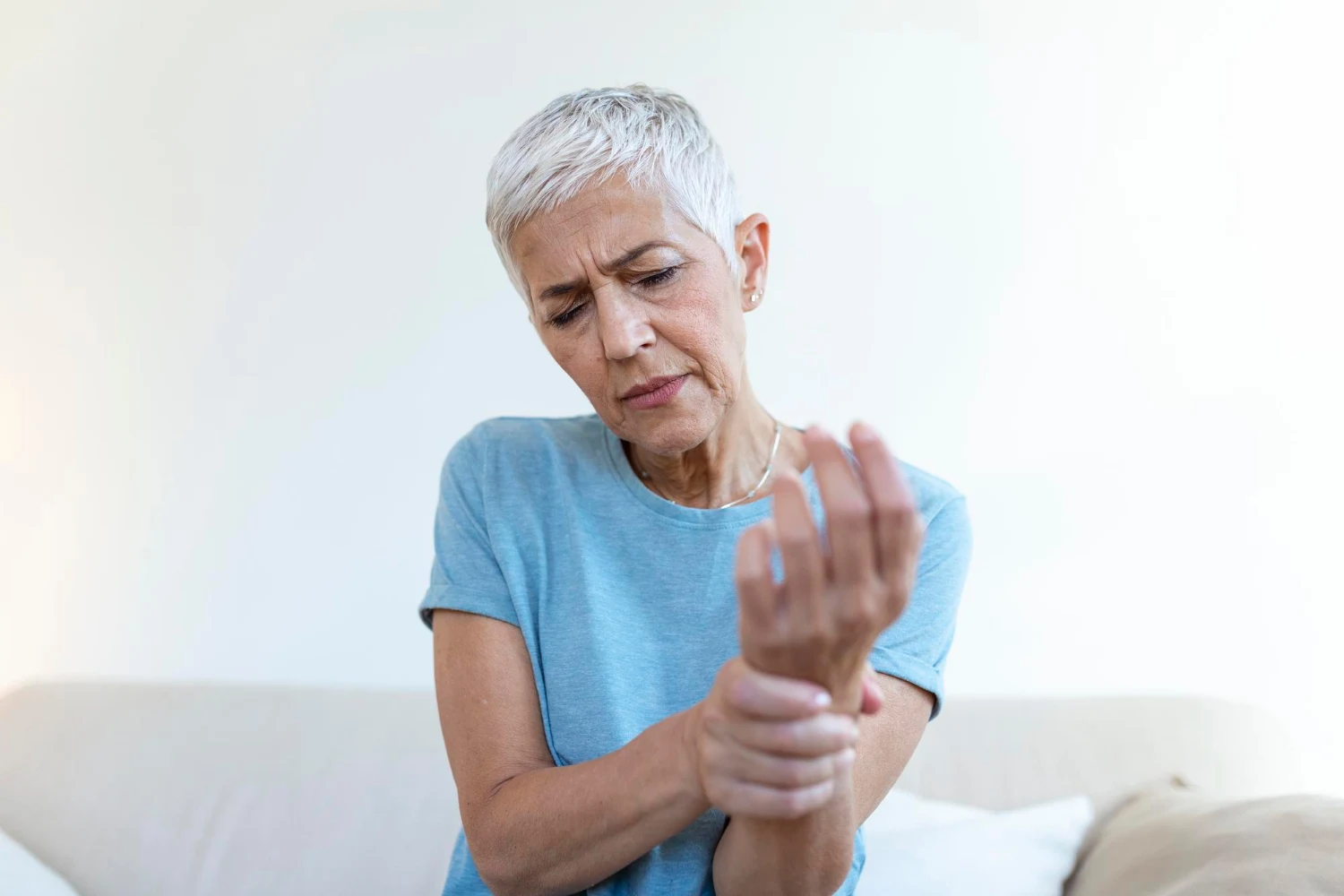Arthritis and Joint Pain: Causes, Symptoms and Treatment
Category: General medicine
Dr. Shailendra Date, a physician at Lokmanya Hospital, Pune, shared insights into arthritis and joint pain in a detailed discussion. The session aimed to address common concerns about arthritis and differentiate it from regular joint discomfort.
Joint Pain Vs. Arthritis
Dr. Date highlighted the difference between temporary joint pain caused by lack of exercise and arthritis. Sedentary lifestyles often lead to muscle and joint discomfort when people engage in sudden physical activities like cricket or cycling. This kind of pain, resulting from unpreparedness, usually subsides within a few days and does not require major medical intervention.
However, arthritis, a chronic condition, needs thorough examination and care.
Identifying Joint Pain
To diagnose arthritis, understanding the type and location of joint pain is crucial:
- Small Joints: Found in fingers and toes.
- Large Joints: Includes wrists, elbows, shoulders, knees, and hips.
- Spinal Joints: Small joints in the vertebrae, from the neck to the tailbone.
The pain can be symmetrical (affecting both sides of the body) or asymmetrical (affecting one side only). Symmetrical pain often points to underlying conditions like arthritis.
Medical History And Factors
Physicians delve into the patient's medical history to identify triggers and patterns. Key factors include:
- History of diabetes, hypertension, or other chronic conditions.
- Medications taken over the years.
- Lifestyle and physical activity levels.
Arthritis And Gender
Dr. Date noted that arthritis is more common in women. It affects not just joints but also spinal, causing pain in hidden areas like the vertebrae.
Diagnosis And Testing
Diagnosing arthritis involves:
- Physical Examination: To identify visible signs like swelling, redness, or joint deformities.
- Blood Tests: These help detect markers associated with arthritis.
- Imaging Tests: MRI or CT scans are essential for spinal pain or deformities that are not externally visible.
Consulting Specialists
General physicians can identify arthritis in many cases. However, for complex or serious conditions, they refer patients to a rheumatologist or orthopedic specialist. Prompt diagnosis and appropriate treatment are crucial for managing symptoms and preventing further complications.
When To Seek Immediate Medical Attention
If the following symptoms persist, consulting a specialist is necessary:
- Long-term pain in small or large joints.
- Persistent back pain or stiffness.
- Symmetrical joint pain with swelling or redness.
- Severe pain leading to functional disability.
Dr. Date emphasized that early intervention ensures better outcomes. Super specialists like orthopedic surgeons and rheumatologists provide tailored treatments to alleviate pain and improve quality of life.






